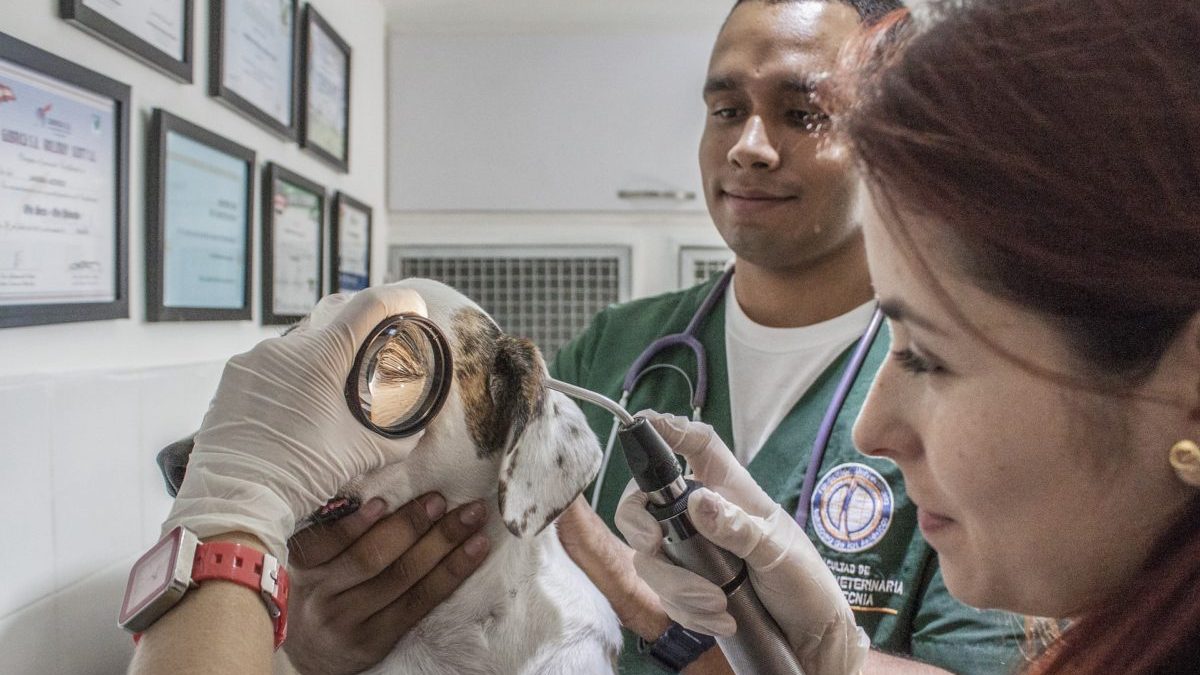We’re Pet-Friendly, Too
At REspace, our cherished family includes pets. So as pet parents ourselves, we understand your commitment to caring for companion animals. We “get” that more than half of the households in this country (by some accounts 58%, by another survey, 68%) counted at least one companion-animal family member in the past two years (2016-2018). And those numbers don’t look like they’re slowing. In fact, so-called millennials have taken the lead in pet ownership (35% of overall pet guardians, according to a pet food industry survey), driving the rises seen in nontraditional or exotic pets such as poultry, saltwater fish, small animals, and reptiles.
On the heels of the boom in pet guardianship, we have seen outstanding growth in the architecture and design fields, specifically in the niche of building or remodeling/renovating pet-based businesses. As project managers, we have participated in numerous builds of corporate and privately owned companion animal businesses related to retail, veterinary, grooming, and/or boarding. And as a field unto itself in this niche, veterinary hospital design has continued to mushroom in prominence, with an annual award and conference called Hospital Design 360 now heading into its 54th year.
Previously we’ve thrived in the pet care space somewhat behind the scenes. But REspace now seeks to take a more visible role in the veterinary and animal care community. Our architecture and design expertise, we believe, can support your mission to care for animals, and that is part of what we hope this three-part series on veterinary hospital or pet-boarding facility architecture accomplishes: You’ve wondered, and now we invite you to read the upcoming series. And to ask questions. We pledge to contribute and support you in the journey toward your remodel or new build of a pet care business.



“Do I Need a Veterinary or Animal Facility Architect?” Gets Tackled in Series
It is within this period of rapid and increasingly stellar growth that we at REspace, like you as a pet professional, thrive. If you have ever asked yourself or your team, “Do I/we need an architect whose expertise resides in pet-based architecture,” then our upcoming three-part series speaks to you. We’ll give you the tools you need to decide the answer to that question and many more. But, more than that, we will listen to those of you down in the trenches or triages, in the kennels and grooming rooms of animal care.
To that end, we invite you to join us for a series of posts regarding the architecture and design of pet-based businesses, with special attention paid to facilities to be developed within the Midwest region of the United States, where our office is located, and from where we can visit you in person, by telephone, or virtually. Note that, in this three-part series, we will address these three business types:
Veterinary clinic or hospital
Grooming facility (non-mobile) or pet spa
Boarding facility, pet daycare or hotel, or kennel/cattery
Although municipal animal control/shelters or private or nonprofit animal shelters are outside of the focus of this series, we believe that many of the abiding principles of architecture and design for the three aforementioned facilities overlap with the concerns of governmental or nonprofit groups and would be happy to discuss such a project with you.
A Post-by-Post Play
The first post concerns design trends for these three types of facility. Will sustainability trends, seen in other commercial and public ventures, continue in the animal care business? Are multipurpose “comfort rooms” or alternative waiting rooms the best, newest hit in animal-care architecture? What types of exterior design and landscaping meet the needs of pets and their owners (and animal care staff) while embracing low maintenance and durability concerns? Find out with this post or the following two (or perhaps more!).
Post two discusses two very different business models with respect to the companion animal space: corporate facilities and small businesses or so-called “mom and pop” establishments for grooming, veterinary, or boarding (or some combination of two or three).
Finally, our intended wrap-up post is slated to tackle the market differences based on the location of your business. Is your remodel or new build in a rural location—if so, what concerns might be particular to that location with respect to design and architecture? Likewise, what fuels a suburban or urban veterinary clinic, pet grooming or spa business, or pet hotel or boarding entity . . . is there enough parking? Do you share a building with other businesses? Perhaps you need to minimize either noise levels or odors to fit in amicably with other tenants? Can pet daycare comprise a segment of your services or do you want to go all in with full-scale boarding (and what does each require in terms of architectural or design components)? All these topics reach fruition in the upcoming series of posts, so we hope you will come back for more. Bring your curiosity, business plan, or drawing of the site plans, and any questions you might have to update an existing animal care facility or build one, if you’ll pardon the terminology, from scratch.
We hope you’ll visit us again in the coming weeks as we, ahem, unleash a new series we hope will provide you with some insight into the architectural and design angles associated with your pet-based business.
Sources/Links:
American Veterinary Medical Association, “AVMA releases latest stats on pet ownership and veterinary care: Move over, Rover; poultry as pets on the rise”
Insurance Information Institute, “Facts + Statistics: Pet statistics”
PetFoodIndustry.com, “Millennials led US pet ownership to 84.6 million in 2016: Sixty-eight percent of American households now own a pet”
Veterinary Hospital Design/DVM360.com, “Design Center: Planning Guide”



